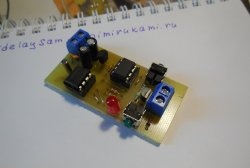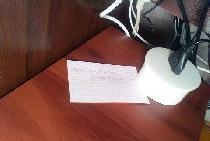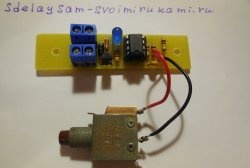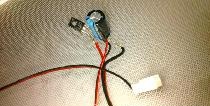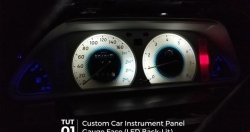Probably many people wanted to add something new to their car, today I will tell you how to do this without special costs and technical changes in the design of the car.
The device that I want to present to you today is not a large circuit for adjusting the startup and shutdown of the load, in our case, lighting fixtures, interior lighting, dashboard lighting, etc. Our device will allow you to smoothly turn on and off any of the listed loads. Agree, it’s much more pleasant when, when you turn on the ignition, we see not a sharp switching on of the dashboard backlight, but a smooth ignition. The same can be said about interior lighting and lighting fixtures.
Let's move on from words to action and before starting assembly, I suggest you familiarize yourself with the diagram:

I used BC817 (analogue of KT503V) as transistor T1; I used IRF9540S as transistor T2. If you want to increase the ignition time, you need to increase the R2 value; to decrease it, lower it accordingly. To control the damping time, a similar operation must be done with resistor R3.
Now you can proceed to assembly. To reduce the size of the device, I used surface mounting.
Here is the entire set of elements that I needed:

The boards were manufactured using “LUT” technology from single-sided PCB.

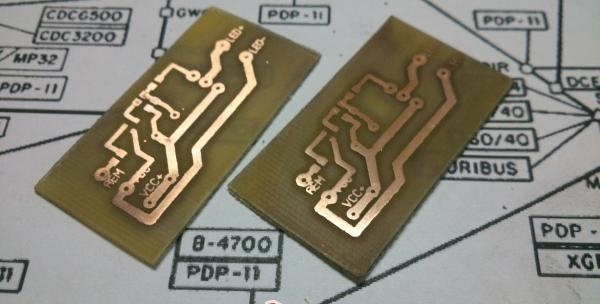

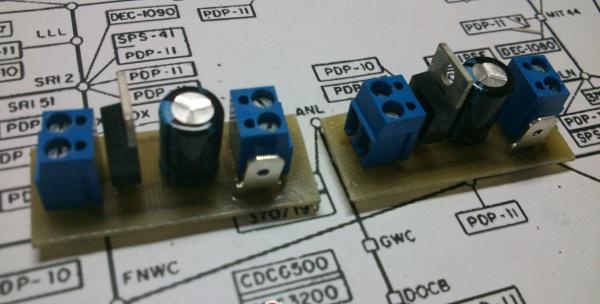
We finally got such a compact device that can add aesthetics to our car.
Expenses:
- 1. Resistors 0.25 rubles per piece. x4 = 1 rub.
- 2. BC817 = 3 rub.
- 3. IRF9540S = 35 rub.
- 4. Capacitor 8 rub.
- 5. Terminals 21.5
Result: For only 70 rubles. we get quite an interesting device.
P.S. Video of the device in action:
